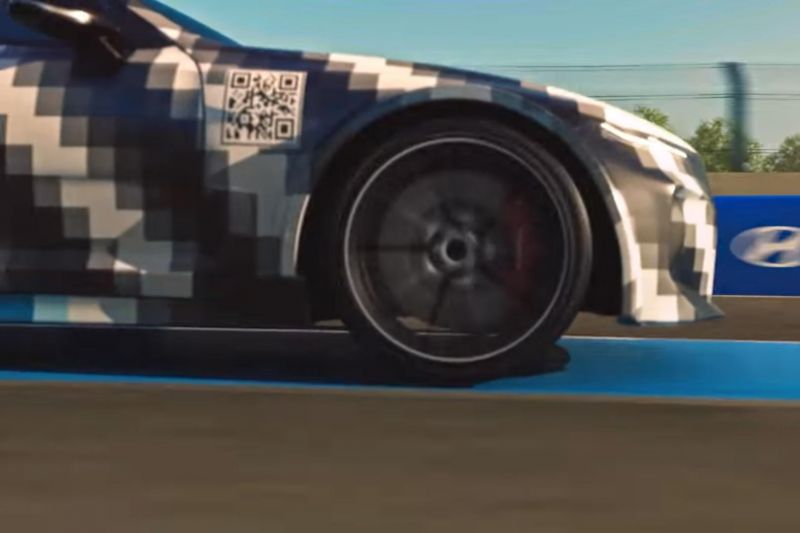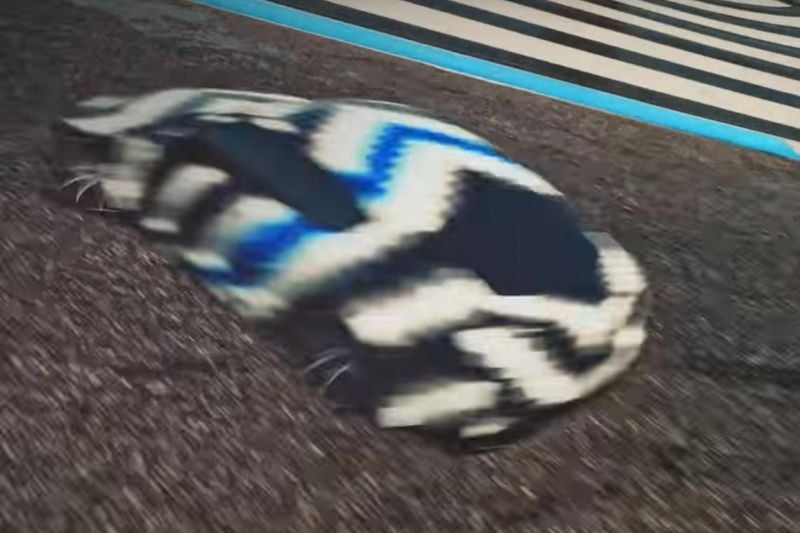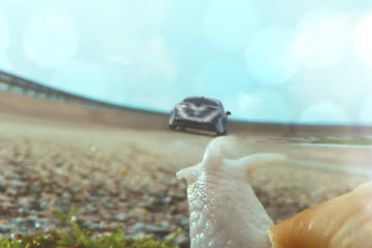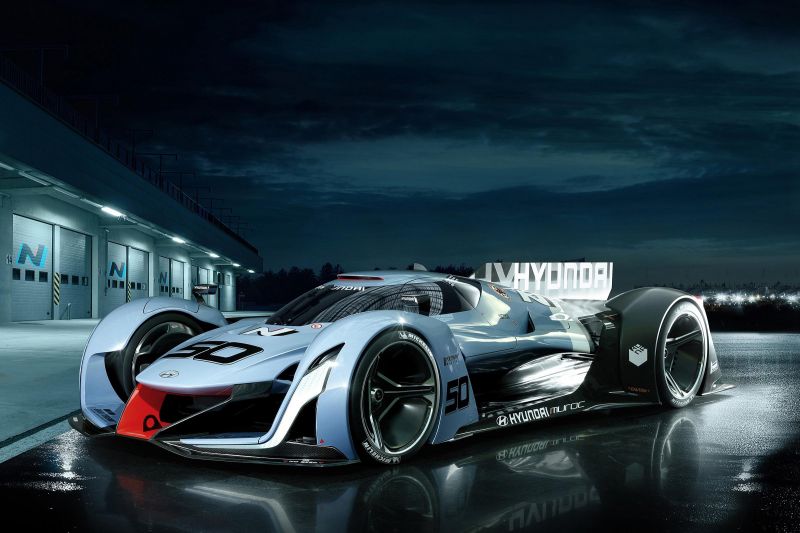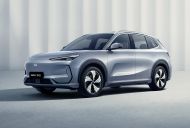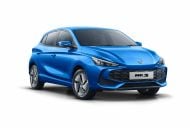Hyundai will preview a hydrogen fuel-cell sports car as part of its Hydrogen Wave online event.
The event, which takes place on September 7, will showcase the Hyundai Motor Group’s “outlook and blueprints for a future hydrogen society”.
The company will also debut next-generation fuel-cell systems and what they’ll be used in, with Hyundai promising to unveil “state-of-the-art future fuel cell electric vehicles… as well as other innovative applications”.
The hydrogen concept, teased in a short video, looks to be a medium-to-large rear-wheel drive sedan or liftback, and looks conceptually similar to the Kia Stinger.
There’s an extremely short front overhang and slim, aggressive headlights, plus a sleek roofline.
The concept could also make a debut in the metal, as the event will be followed by a physical exhibition in Goyang, South Korea from September 8 to 11.
Hyundai has been one of the automakers most committed to FCEV development, along with Toyota.
The company currently offers the Nexo crossover, which can be found on ACT and Queensland government fleets, and the Xcient heavy truck, which is currently available in Europe.
Heavy FCEV trucks are expected to arrive in Australia from 2025.
Hyundai has indicated it’s working on other FCEVs.
The company’s head of R&D, Albert Biermann, confirmed earlier this year the N division is working on another “rolling lab project”, albeit one that combines a high-power battery with a hydrogen fuel-cell.
The fuel cell serves as a range extender.
Mr Biermann stopped short, however, of confirming it for production.
“We have not decided if we want to sell this one day or not,” said Mr Biermann, indicating it’s being developed more as a showcase for the potential of hydrogen power.
“Our first prototypes, they’re based on an existing platform but when we might decide in the future to go with a fuel cell-powered N vehicle, it might probably need some more changes to an existing platform.”
Hyundai teased the possibility of a hydrogen-powered sports car in 2015 with the N 2025 Vision Gran Turismo concept.
It features a total output of 650kW, with dual fuel cell stacks providing 500kW and a supercapacitor system using energy obtained from regenerative braking to produce 150kW.
A motor is located at each wheel, while the carbon fibre-reinforced plastic structure keeps weight at just 972kg.





